
Tamper-resistant Cam Locks: Engineering the Details that Make All the Difference
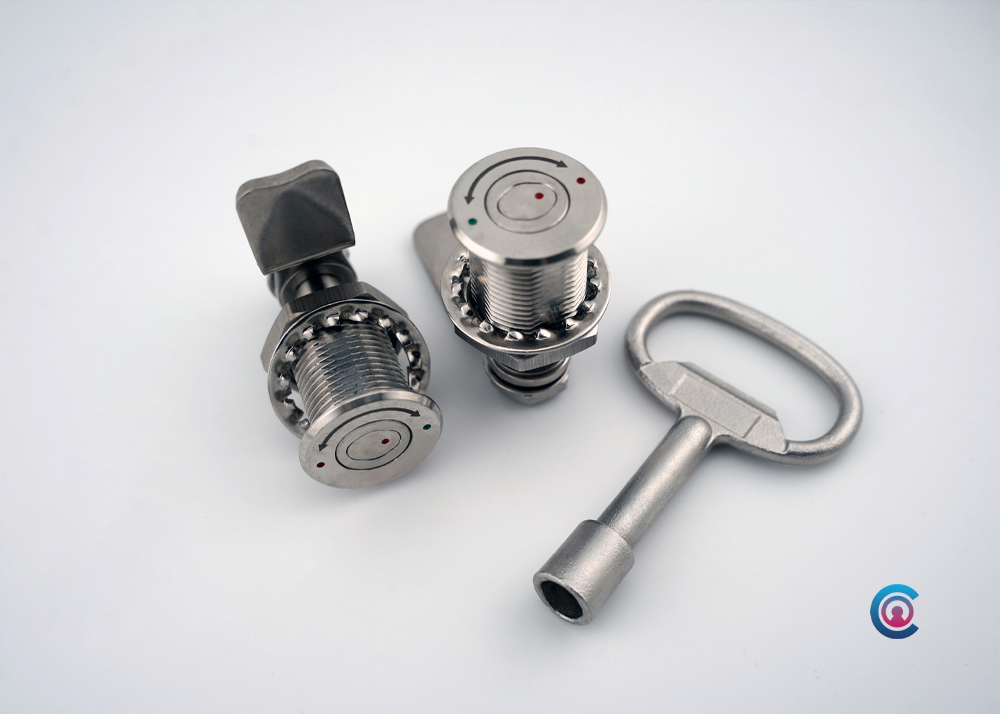
Tamper-resistant Cam Locks: Engineering the Details that Make All the Difference

When it comes to infrastructure enclosures, the difference between a lock that fails and one that holds up often comes down to the details. On the surface, most cam locks look similar. But under pressure, whether from vandalism, heavy use, or harsh conditions, the engineering behind the design makes all the difference.
For manufacturers, contractors, and infrastructure providers, understanding these details isn’t just a technical curiosity. It’s the key to reducing downtime, extending the lifespan of enclosures, and maintaining public trust in essential services.
Why Standard Locks Don't Keep Up
Legacy cam locks such as pin hex, square head, or tri-head designs were once considered reliable, but they were never engineered for today’s risks. The shortcomings include:
- Easy access with basic tools – many can be bypassed using screwdrivers, pliers, or generic keys.
- No compression seal – causing movement, rattling, or water ingress.
- Protruding or flat faces – giving intruders leverage points to force entry.
- Wear and tear – weakening mechanisms over time, leading to premature replacement.
The result? Enclosures that should last decades are often compromised after just a few years.
The Engineering Behind Tamper-resistance
Modern tamper-resistant cam locks are not “standard hardware,” they are designed from the ground up to withstand the realities of public-facing environments. Key features include:
- Three-point Engagement
Unlike single-contact locks, tamper-resistant designs require three points of alignment, significantly increasing resistance to torque and manipulation. - Compression Technology
A built-in compression mechanism strengthens the lock during engagement, reducing rattle and providing greater durability under repeated use or environmental stress. - Low-profile, Smooth Surfaces
With no protruding faces or flat edges, these locks remove leverage points, reducing the risk of forced entry. - Restricted Keying Systems
Specialised inserts help prevent unauthorised access with everyday tools, adding a further layer of resilience. - Retrofittable Design
Critically, these locks fit into the same footprint as standard cam locks, allowing enclosures to be upgraded quickly without costly cabinet replacements.
Why These Details Matter
It might be tempting to see the lock as a small component, but its performance has major implications:
- Fewer break-ins mean reduced downtime and operational disruption.
- Longer cabinet life lowers replacement costs.
- Improved resilience safeguards public-facing infrastructure against tampering.
- Quick retrofits allow providers to upgrade protection across networks without large-scale works.
When infrastructure security is measured in real-world service delivery and financial resilience, engineering details matter more than ever.
Small Details, Big Impact
The engineering details inside a tamper-resistant cam lock may be invisible day to day, but they deliver visible results in resilience, cost savings, and service continuity.
For manufacturers and infrastructure providers, upgrading locks isn’t just about stronger hardware. It’s about reducing downtime, protecting public trust, and extending the lifespan of critical enclosures.
📞 Call us: 01952 890158
📧 Email: sales@contoursecure.co.uk
🌐 Visit: www.contoursecure.co.uk
Or enquire online to request a sample or discuss how tamper-resistant cam locks could protect your infrastructure.

|

|

|
Author Details
Recommended Blog Articles
Please take a look at our recent Blog Articles to see how we've applied safer security locks to a variety of different projects and applications.
Click to see all Blog Articles and use the filters to find projects similar to yours.
Secure Locking for IPS Panels: Protecting Critical Services in Healthcare
Behind every healthcare environment is an intricate network of plumbing, mechanical, and electrical services. Much of this is hidden behind IPS (Integrated Plumbing System) panels, a discreet design ...
Behind every healthcare environment is an intricate network of plumbing, mechanical, and electrical services. Much of this is hidden behind IPS (Integrated Plumbing System) panels, a discreet design choice that keeps patient areas clean, safe, and functional. IPS panels, however, are only as secure as the locks that protect them. When outdated mechanisms are specified, the risks multiply: unauthorised access, exposure to live services, compromised infection control, and unnecessary maintenance costs. This blog explores why IPS panel locking matters and how modern cam locks are helping healthcare estates safeguard critical services. Why IPS Panels are Essential IPS panels conceal pipework, valves, and other plumbing components in patient bathrooms, treatment areas, and clinical spaces. Their purpose is twofold: Hygiene and safety: Reducing clutter and making surfaces easier to clean. Access for maintenance: Allowing authorised staff to reach services quickly and safely. As they are present in patient-facing environments, IPS panels must strike a balance between easy access for staff and effective security against tampering. The Risks of Outdated Locks Legacy locking mechanisms, such as pin hex, crown, or square-head designs, are still common on IPS panels. While once considered reliable, they present several challenges in modern healthcare estates: Tampering and forced entry: Basic tools can often be used to open or damage panels. Exposure to live plumbing: Patients may gain access to scalding pipes or other hazards. Hygiene concerns: Recessed lock faces trap dirt, making thorough cleaning difficult. Frequent maintenance: Weak locks often require repeated repairs or replacements. These risks are amplified in mental health or custodial settings, where ligature points or unsecured services can create serious safety issues. The Case for Modern Cam Locks Modern tamper-resistant cam locks are designed to overcome these shortcomings while fitting seamlessly into IPS panel systems. Key benefits include: Tamper-resistance: Three-point engagement mechanisms resist manipulation. Flat-surfaced design: Smooth lock faces support infection control protocols. Low-profile construction: Reduces ligature risks in high-security environments. Visual lock indicators: Allow staff to confirm security immediately. Retrofittable footprint: Enables quick upgrades without replacing entire panels. These features mean IPS panels remain secure, hygienic, and compliant, without adding unnecessary complexity for estates teams. Protecting Critical Services IPS panels may appear ordinary, but they conceal vital infrastructure. By investing in secure locking systems, healthcare providers can: Reduce the risk of unauthorised access. Support compliance with infection control standards. Protect patients from exposure to hidden hazards. Minimise operational downtime caused by breaches or repairs. In an era where estates teams are expected to deliver more with less, improving lock security on IPS panels is a small step with major benefits. Stronger Security for IPS Panels IPS panels are a cornerstone of modern healthcare environments, but without secure locks, they represent a weak point in safety and hygiene strategies. Upgrading to tamper-resistant, flat-surfaced cam locks is a fast, cost-effective way to protect patients, reduce maintenance risks, and safeguard critical services. 📞 Call us: 01952 890158📧 Email: sales@contoursecure.co.uk🌐 Or visit: www.contoursecure.co.uk to request a sample or discuss how secure cam locks can enhance IPS panels across your estate.
04 December 2025
Consistency Equals Compliance: Simplifying Audits and Inspections Through Standardisation
For NHS Estates and Facilities teams, compliance is not optional, it’s a core part of maintaining safe, high-quality care environments. From Health Technical Memoranda (HTM) guidance to CQC ...
For NHS Estates and Facilities teams, compliance is not optional, it’s a core part of maintaining safe, high-quality care environments. From Health Technical Memoranda (HTM) guidance to CQC inspection requirements, estates must demonstrate that their infrastructure meets strict safety, hygiene, and operational standards. Yet many estates still face the same challenge: inconsistency. Over time, multiple contractors, reactive maintenance, and varying specifications have created a complex mix of lock types, fittings, and finishes across wards. When auditors or inspectors arrive, these inconsistencies make it harder to prove compliance, even when safety measures are in place. Contour Secure’s Standardisation Programme helps NHS teams address this problem head-on by aligning the estate to one tamper-resistant locking system that’s consistent, compliant, and easy to manage. The Compliance Challenge In mental health settings, inconsistency isn’t just an operational issue, it’s a compliance risk. During inspections, assessors look for evidence of: Secure, tamper-resistant fittings Anti-ligature design principles Consistent hygiene standards Robust maintenance and access control procedures If lock types or access points vary between wards, auditors often need separate justifications or documentation for each product in use. This creates additional workload for Estates teams and can expose gaps where compliance records are incomplete or unclear. How Standardisation Simplifies Compliance Moving to a single locking standard helps eliminate these gaps. With one system consistently applied across all enclosures, from radiator covers and IPS panels to fitted furniture, Estates teams can present a clear, unified safety standard during audits and inspections. Contour Secure’s tamper-resistant locking system is designed to meet the requirements of HTM guidance and CQC inspection criteria, offering peace of mind that each lock across the estate performs to the same proven level of safety and hygiene. The benefits of standardisation for compliance include: Clear documentation: One specification means one compliance record for all relevant fittings. Reduced inspection complexity: Auditors can assess one standard across multiple locations rather than dozens of variations. Consistent performance: A tamper-resistant, anti-ligature design proven across healthcare estates. Simplified maintenance evidence: With standardised locks, maintenance logs and inspection checklists are uniform and easier to update. Supporting Estates and Facilities Teams Contour Secure partners with NHS teams to make compliance straightforward. Through our Standardisation Programme, we: Audit existing enclosures and identify non-compliant or inconsistent fittings. Create a phased upgrade plan to align all enclosures with a single compliant standard. Provide documentation and training to support audit readiness and inspection reporting. This structured approach ensures estates are not only compliant today but remain prepared for future regulatory changes. Beyond Compliance: Confidence and Clarity Compliance isn’t just about meeting external standards, it’s about creating safe, predictable environments for patients, staff, and maintenance teams. By standardising to our tamper-resistant locking system, Estates teams gain control, clarity, and confidence. The system’s design supports easy cleaning, consistent hygiene, and durable security, all key considerations for healthcare inspections. With one standard applied across all wards, compliance moves from being a reactive challenge to a proactive achievement. Conclusion: Make Compliance Simple with Standardisation Standardisation is more than a design decision; it’s a compliance strategy. By aligning to Contour Secure’s tamper-resistant locking system, NHS Estates teams can simplify inspections, strengthen documentation, and maintain consistent safety across all environments. Speak to Contour Secure today about aligning your estate to a single, compliant locking standard and make your next audit simple, confident, and stress-free. 📞 Call us: 01952 890158📧 Email: sales@contoursecure.co.uk
02 December 2025
Eliminating Weak Points: How Standardisation Improves Safety in Mental Health Environments
In safety-critical environments such as mental health facilities, small inconsistencies can have significant consequences. When access panels, radiator covers, or enclosures use different lock types ...
In safety-critical environments such as mental health facilities, small inconsistencies can have significant consequences. When access panels, radiator covers, or enclosures use different lock types across wards or buildings, these variations introduce weak points that compromise safety. Contour Secure’s Standardisation Programme has been developed to help NHS Estates and Facilities teams remove these inconsistencies by transitioning to a single, tamper-resistant locking system. This approach strengthens safety, simplifies maintenance, and builds long-term confidence across estates. The Problem with Mixed Locking Systems Across many NHS sites, legacy locking solutions have developed over time through multiple refurbishments, maintenance cycles, and supplier changes. This often leaves estates with a mix of: Old cam locks that can be forced open or picked using everyday items Triangular key systems that are easily duplicated or misplaced Ad-hoc locks fitted by various contractors, often without a unified specification Each inconsistency increases the chance of unauthorised access, potential ligature points, and gaps in compliance. For mental health environments, where patient safety is paramount, these inconsistencies present unacceptable risk. Creating Consistency for Safer Spaces By adopting one locking standard across the estate, NHS Trusts can eliminate these vulnerabilities. Contour Secure’s tamper-resistant locking system is designed specifically for use in safety-critical environments, offering anti-ligature, flush-fit, and wipe-clean performance. When implemented as part of a structured standardisation programme, the benefits extend well beyond physical safety: Predictability: Every ward and panel follows the same locking specification, removing uncertainty for maintenance and security teams. Fewer keys: A single controlled access system simplifies key management and prevents unauthorised duplication. Reduced risk: Consistent, tamper-resistant locks close the gaps left by legacy or untested solutions. A Proactive Approach to Risk Reduction Safety within mental health environments depends on proactive management, identifying and addressing risks before they cause harm. Standardisation embodies this approach by turning a reactive maintenance challenge into a structured, estate-wide solution. Contour Secure works with estates teams to: Audit existing enclosures to identify where legacy locks are in use. Develop a phased upgrade plan that can be implemented with minimal disruption. Train and support staff, ensuring the new system is used safely and effectively. The result is an environment that is not only safer for patients and staff but also easier to maintain and monitor over time. Safely Designed for Healthcare Our tamper-resistant locking system is designed to be used within the healthcare sector. Every detail, from the flush fit to the smooth surface, supports safety, hygiene, and long-term durability. By bringing consistency to enclosures across mental health settings, Contour Secure helps estates teams align safety objectives with operational efficiency and compliance requirements. Conclusion: Eliminating Weak Points Through Standardisation Inconsistencies create risks. Standardisation removes them. By adopting Contour Secure’s tamper-resistant locking system across your estate, you can eliminate weak points, reduce safety risks, and ensure your environments meet the highest standards of protection. Book a Contour Secure Standardisation Audit today and start eliminating safety risks across your estate. 📞 Call us: 01952 890158📧 Email: sales@contoursecure.co.uk
27 November 2025
Retrofitting Cam Locks: Why Quick Upgrades Reduce Costs and Downtime
Healthcare estates are under constant pressure to balance safety, compliance, and budgets, all while minimising disruption to patient care. One area where this balance can be struck effectively is ...
Healthcare estates are under constant pressure to balance safety, compliance, and budgets, all while minimising disruption to patient care. One area where this balance can be struck effectively is through retrofitting. Cam locks, though small, are critical components in IPS panels, access hatches, and healthcare furniture. When they fail, the consequences can include increased maintenance callouts, infection control concerns, and compromised patient safety. However, replacing entire panels or furniture units is expensive and disruptive. Retrofitting with modern cam locks provides a practical, cost-effective way to upgrade security and hygiene without unnecessary downtime. Why Retrofitting Matters Healthcare environments rarely have the luxury of closing wards or patient areas for long upgrades. Estates teams need solutions that are: Fast to install, reducing disruption to patients and staff. Compatible with existing products, avoiding costly replacements. Budget-friendly, providing measurable safety improvements without overspending. This is where modern tamper-resistant cam locks stand out, many are designed to fit the same footprint as legacy locks, allowing quick replacement with no need for drilling or modifications. The Cost of Doing Nothing Ignoring outdated locks can have hidden costs. Legacy pin hex, crown, or square-head designs are more vulnerable to tampering, harder to clean, and prone to damage. Over time, this can lead to: Frequent maintenance callouts, stretching resources. Costly replacements of entire panels or furniture units. Infection control risks where recessed or dirt-trapping designs make cleaning difficult. Extended downtime when patient areas need to be taken offline for repairs. These issues add up both financially and operationally. The Benefits of Retrofitting Modern Locks Switching to tamper-resistant cam locks brings clear advantages: Cost savings: Replace only the lock, not the entire enclosure or unit. Minimal downtime: Retrofits are quick and easy, meaning wards remain operational. Improved hygiene: Flat-surfaced designs support infection control protocols. Enhanced safety: Low-profile, tamper-resistant mechanisms reduce risks. Futureproofing: Modern locks are designed with today’s healthcare standards in mind, giving facilities more resilience. For estates teams under pressure, retrofitting provides an efficient way to improve safety standards while protecting budgets. Real-world Impact Consider the difference between two scenarios: Replacing an entire IPS panel due to weak locks could cost hundreds in materials and labour, plus downtime. Retrofitting with a modern cam lock can be achieved at a fraction of the cost and with minimal disruption. The long-term impact is just as significant: fewer callouts, fewer replacements, and greater confidence in patient safety. Retrofitting Made Simple When it comes to healthcare estates, retrofitting cam locks is one of the fastest, most cost-effective ways to improve safety and hygiene. With designs that fit standard footprints, upgrading is simple, and the benefits are immediate. Why replace entire panels or furniture units when a smarter upgrade exists? 📞 Call us: 01952 890158📧 Email: sales@contoursecure.co.uk🌐 Or visit: www.contoursecure.co.uk to request a sample or discuss how retrofitting cam locks can reduce costs and downtime in your estate.
25 November 2025
From Bathrooms to Bedrooms: Secure Locking Across Healthcare Estates
Healthcare estates are made up of diverse environments, from high-traffic corridors to private patient bedrooms. Each of these areas has different requirements, but all share the same need for ...
Healthcare estates are made up of diverse environments, from high-traffic corridors to private patient bedrooms. Each of these areas has different requirements, but all share the same need for secure, hygienic, and tamper-resistant locking systems. Cam locks may seem small, but their presence across bathrooms, bedrooms, and beyond means they play a vital role in maintaining safety, supporting infection control, and protecting staff, patients, and visitors alike. This blog explores the varied applications of locks across healthcare estates and highlights why choosing the right design is essential for modern facilities. Bathrooms: Balancing Safety and Hygiene Bathrooms in healthcare settings are complex environments. IPS panels conceal essential plumbing, while access hatches allow maintenance teams to service water systems. When secured with outdated locks however, these points can present real risks: Tampering or forced access to concealed services. Exposure to hot water pipes, with potential for scalding. Hygiene challenges, as recessed locks trap dirt and bacteria in areas requiring high cleaning standards. Modern flat-surfaced, tamper-resistant cam locks support both infection control and patient safety, helping teams maintain clean, secure bathrooms. Bedrooms: Protecting Privacy and Safety In bedrooms and ward areas, furniture and built-in storage units are commonly fitted with locks. While designed to support staff, they can create unintended risks if poorly specified: Protruding locks create ligature points in mental health environments. Weak mechanisms invite tampering or damage. Unhygienic surfaces can undermine infection prevention protocols. Upgrading to low-profile, flat-surfaced cam locks helps reduce ligature risks, improve hygiene, and maintain patient privacy without introducing unnecessary hazards. Corridors and Communal Spaces: Overlooked Access Points Corridors and communal spaces often feature access hatches and panels for electrical and mechanical services. These points are vital for estates teams but, when fitted with legacy locks, they can be easy targets for tampering. Modern tamper-resistant locks reduce opportunities for unauthorised access while providing staff with efficient, reliable mechanisms for daily use. Their discreet appearance also helps maintain a non-institutional environment, especially important in patient-facing areas. Why Consistency Matters Across bathrooms, bedrooms, and corridors, one theme is clear: consistency matters. When estates adopt modern cam locks across the entire facility, the benefits multiply: Improved safety, with fewer weak points vulnerable to tampering. Streamlined cleaning, with smooth, wipe-clean lock faces across all applications. Simplified maintenance, as standardised locking systems reduce confusion and improve efficiency. Cost-effective retrofits, as many tamper-resistant cam locks can be fitted into the same footprint as standard designs. One Locking Standard for Every Space Furniture locks may seem insignificant compared to doors or IPS panels, but when they harbour bacteria or fail to secure sensitive items, their impact is felt across the healthcare environment. For estates managers, infection control leads, and product manufacturers, the message is clear: locks aren’t just hardware, they’re part of the wider safety and hygiene strategy. 📞 Call us: 01952 890158📧 Email: sales@contoursecure.co.uk🌐 Or visit: www.contoursecure.co.uk to request a sample or discuss how secure cam locks can support safer healthcare estates.
21 November 2025

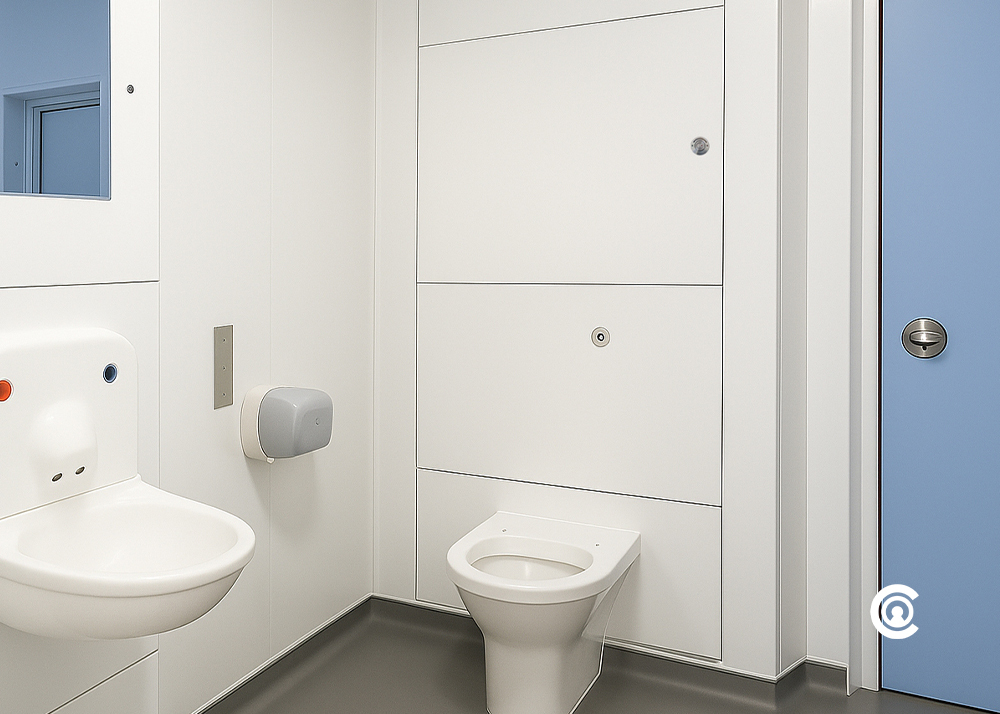

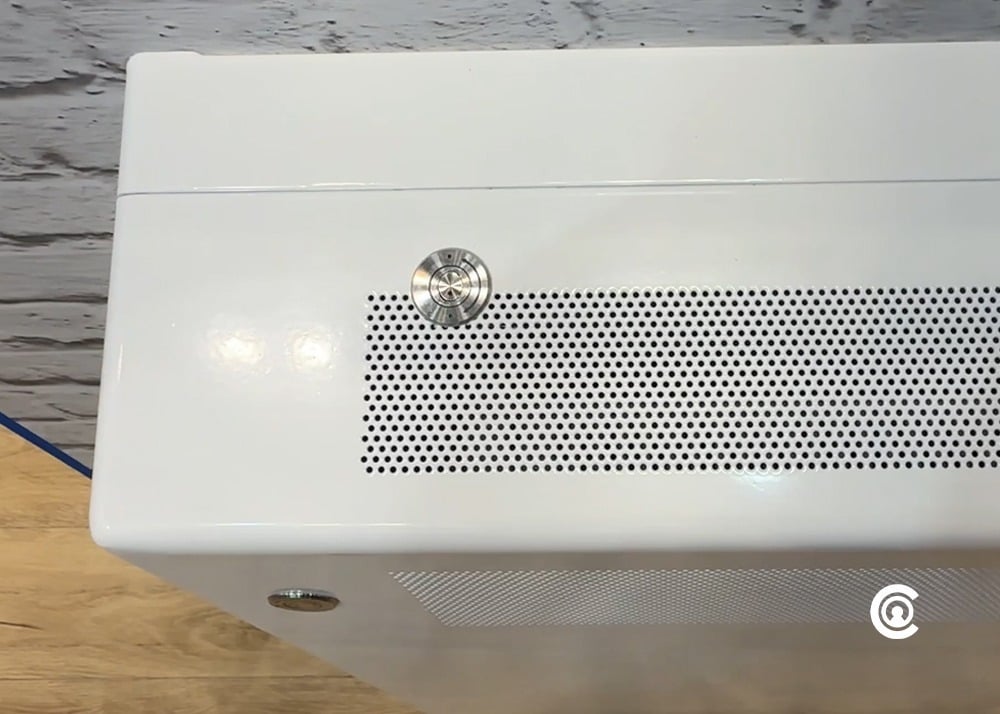
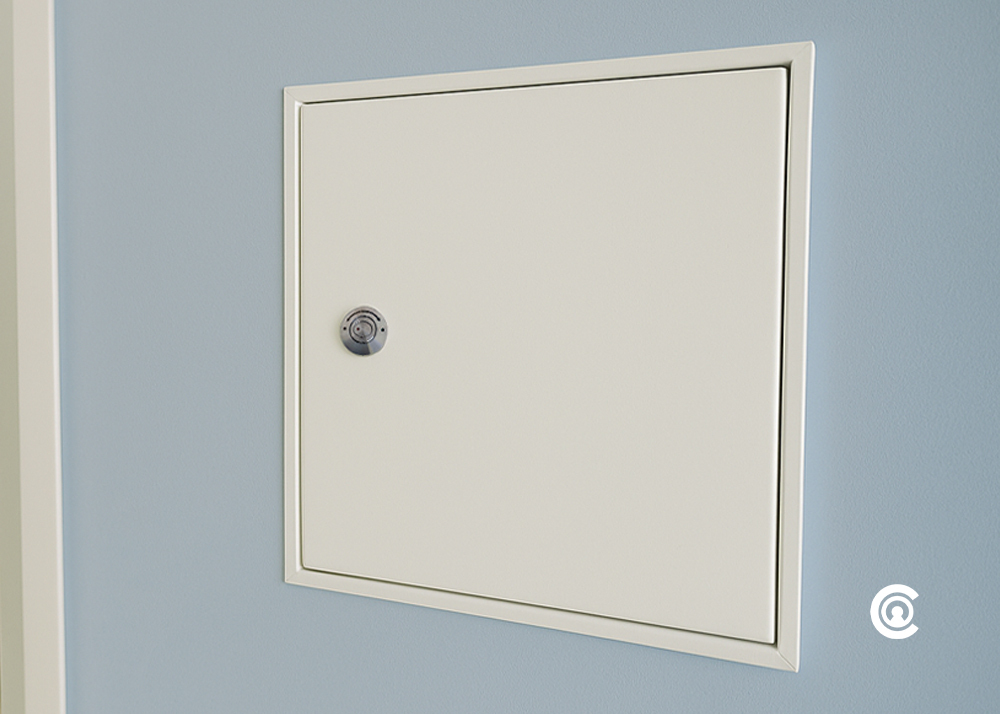
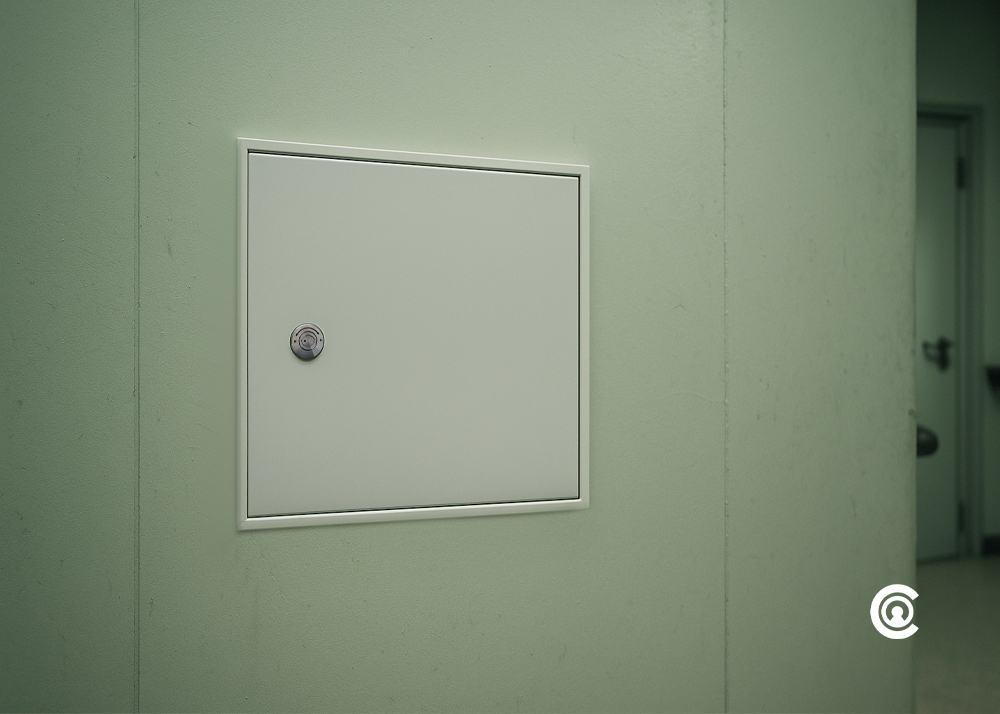
Leave a Comment